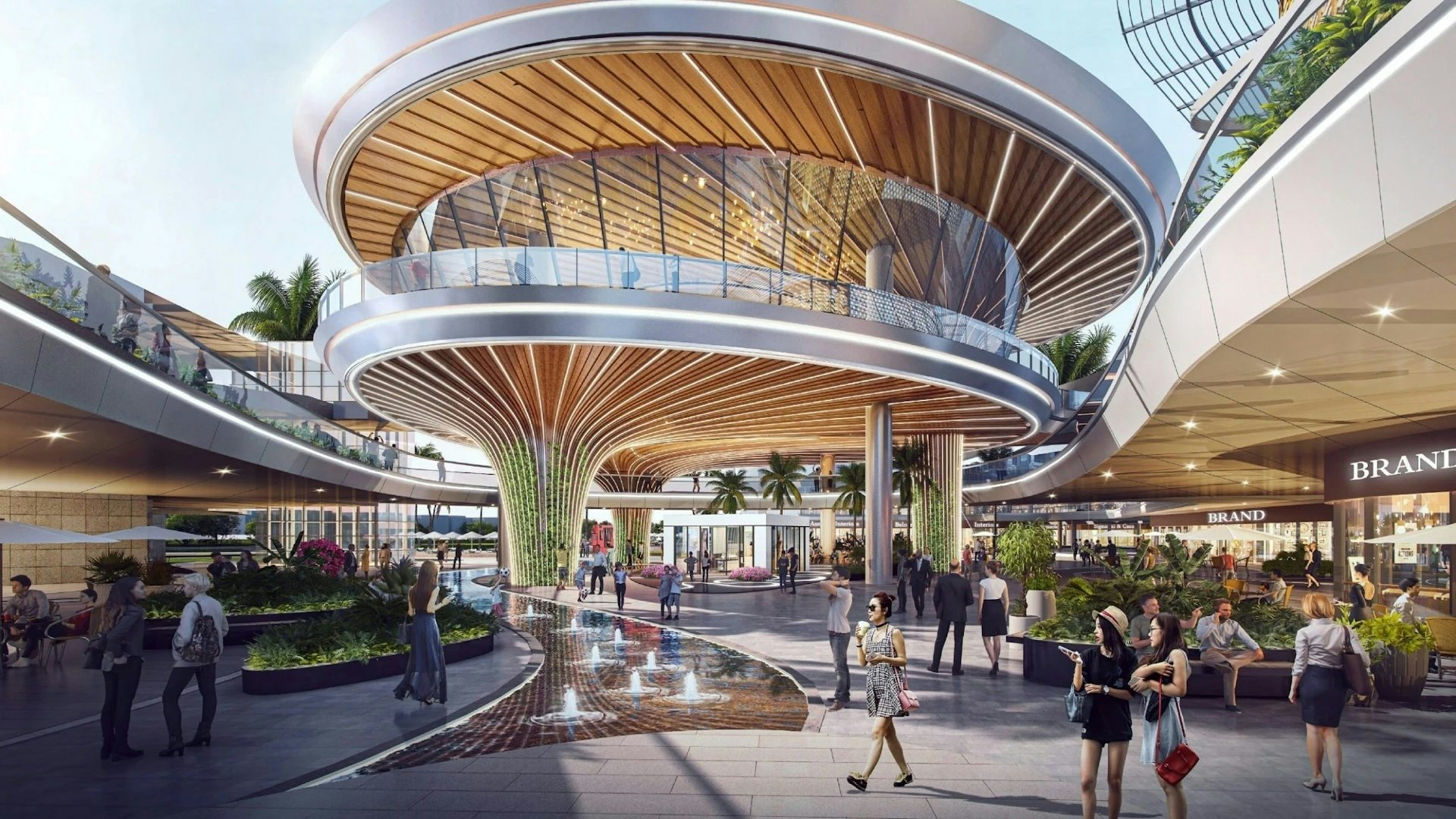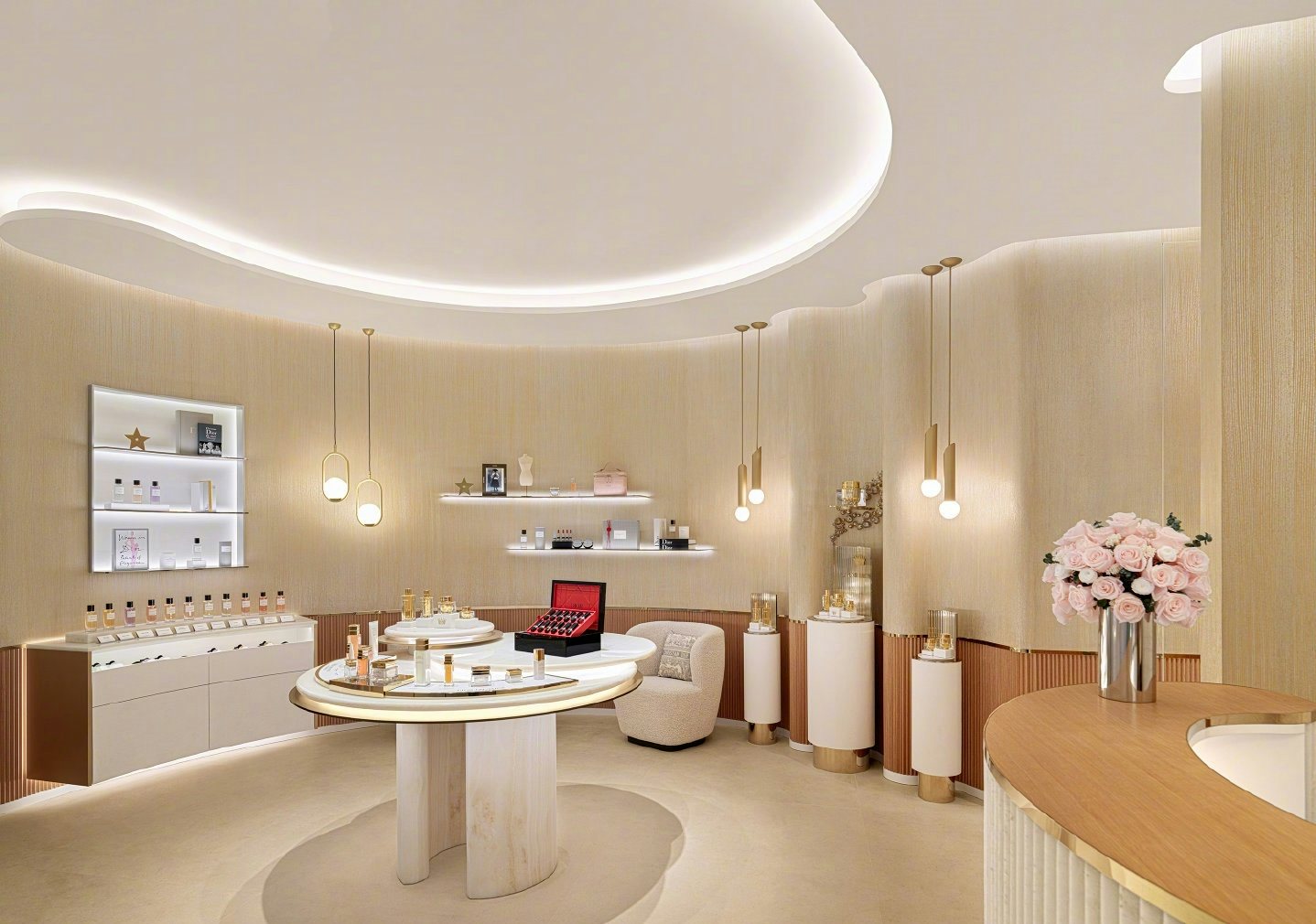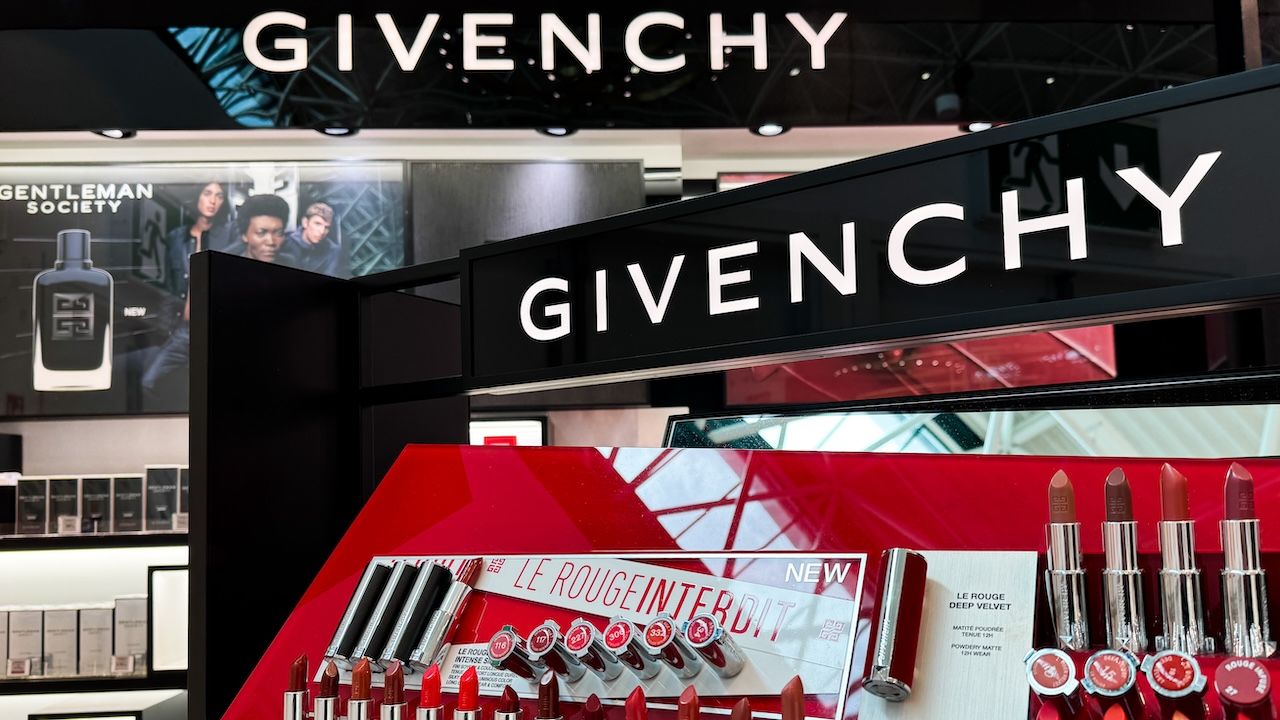Airport luxury boutiques and duty-free shops are eagerly watching as Chinese tourists once again venture abroad in significant numbers. But after four years of changing shopping habits, how can airport retail compete with increasingly dominant standalone duty-free complexes?
China’s duty-free landscape has transformed since the onset of the pandemic, from one primarily led by airport-based stores to in-city complexes in places like Sanya and Shanghai. This is part of a broader pivot towards tourism, encouraged by the central government, which has helped domestic duty-free venues overtake formerly dominant South Korean duty-free complexes in attracting Chinese tourists.
By all accounts, Beijing’s efforts to boost domestic tourism – and tourist spending – are working. Last year, Chinese travelers took around 489 million domestic trips, generating around RMB 4.9 trillion ($679 billion) in tourism revenue. More importantly for retailers, domestic traveler expenditure exceeded pre-pandemic levels in 2023, reaching the highest level in five years.
Last year, over 70% of the estimated 101 million cross-border trips taken by mainland Chinese were to Hong Kong, Macau, or Taiwan. Meanwhile, around 2 million outbound Chinese tourists visited South Korea and 2.5 million visited Japan in 2023 – numbers that both countries expect to increase significantly in the near-term. This year, 130 million Chinese tourists are expected to travel overseas, roughly 80% of the pre-pandemic level.
All of this adds up to a sustained rise in duty-free sales throughout Asia-Pacific. By 2027, duty-free revenue in Asia-Pacific is expected to reach $81 billion, with China expected to contribute 87% of this.
Perhaps nowhere in China is this boom more visible than in Hainan province. Last year, the island attracted a record-breaking 90 million visitors and saw total retail sales jump nearly 11% and duty-free revenue reach RMB 43.76 billion ($6 billion), an increase of more than 25%.
China’s domestic duty-free boom aligns with Beijing’s efforts to increase domestic consumption, such as raising the annual duty-free allowance from 30,000 RMB ($4,700) to RMB 100,000 ($15,600) and broadening the range of tax-free products to encompass electronics and wines.
Beyond Hainan, Chinese shoppers can visit urban duty-free zones in Beijing, Shanghai, Shenzhen, Fuzhou, and Guangzhou, and pre-departure duty-free shops are expected to launch in China this year to allow outbound travelers to make purchases in downtown areas for airport pick-up.
Angling to attract China’s affluent travelers, brands and retailers have invested heavily in retail experiences that go beyond a lower price tag. In Sanya, Hainan’s popular tourist destination and duty-free hub, LVMH-owned Guerlain rolled out a state-of-the-art Ultimate Boutique at CDF Sanya Duty Free in January, while fellow LVMH portfolio brand DFS Group announced plans to open a seven-star, 128,000-square-meter luxury retail and entertainment complex by 2026.
This project, DFS Yalong Bay, aims to transform Sanya into a shopping and entertainment hub on par with Shanghai, Macau, Dubai, or Las Vegas, and is expected to draw over 16 million visitors annually by 2030.

Whether in duty-free complexes or passing through global airports, Chinese tourists are returning in improving numbers to the world stage. Yet unlike in pre-pandemic years, notes Martin Moodie, founder and Chairman of The Moodie Davitt Report, Chinese travelers – and their overseas spending – are spread a lot thinner than most hoped.
In the post-pandemic period, says Moodie, “Cliches of Chinese travelers being willing to shop ‘til they drop were replaced by genuine narratives relating to ever-increasing travel numbers, but a very different and much softer shopping behavior than in pre-pandemic 2019. Consumer behavior, values and priorities had changed.”
Moodie points out that multiple retailers and brands have described “a softening spend by Chinese travelers after an initial and, in hindsight, understandable splurge in early 2023.”
One example of this is Macau, described by Moodie as “a haven of Chinese travel spending.” Sales in the former Portuguese colony jumped in early 2023 but the average transaction amount plummeted through the year as visitor numbers grew.
Another former hotspot for Chinese tourist spending pre-pandemic – South Korea – illustrates the uneven recovery in the post-pandemic period, where tourists are spending more on food and accommodations but often cutting back on bigger-ticket items.
“One of my most trusted sources pointed out that Chinese visitor spending in Korean duty free this year is around 36% of total spending compared to 70% in 2019, yet Chinese spending on accommodation has doubled,” says Moodie.
Clearly, priorities have changed for overseas Chinese travelers, and in markets like South Korea, this shift has massive implications for the daigou market. “The daigou market, so overwhelmingly pivotal to Korean duty free over recent years, has been, if not crushed, radically reduced,” says Moodie.
Over the past four years, airport retail has had to contend with a shift in the way Chinese consumers make duty-free purchases. As travel restrictions effectively shut down international tourism, duty-free shopping relocated from airports to the heart of cities like Shanghai, Guangdong, and Sanya.
Brands had to adapt to these changes by expanding their presence from traditional airport locations to in-city duty-free stores, targeting not just domestic tourists but also local consumers in search of deals. Some brands sought to boost footfall in collaboration with local celebrities, like Kiehl’s pop-ups in partnership with actor Leon Zhang and the China Duty Free Group (CDFG) in Sanya in 2022.
Even as travel restrictions become an increasingly distant memory and millions of Chinese travelers head abroad, airport retail is in a tougher spot. “Chinese spend is proving considerably softer in airports [compared to] pre-pandemic, and of course the total traveler numbers are not back either in most cases,” says Moodie.
Airports like Orlando International are spearheading innovations to transform terminals into vibrant commercial spaces. Initiatives such as Orlando’s new day-pass program, which allows up to 50 visitors daily to explore the $2.8 billion Terminal C, feature food, retail outlets, and amenities linked to major attractions like Walt Disney World and Universal.
This kind of strategic enhancement is designed not just to entertain but to keep visitors within the airport longer, increasing the likelihood of retail and dining expenditures.
In terms of luxury retail, airports are becoming formidable players by offering unique, value-added experiences. For instance, following the recent debut of the second Dior boutique at Hamad International Airport, Qatar Duty Free is set to open a Dior Spa, echoing the success of luxury beauty retreats like those found in Shanghai’s IFC Mall.

These offerings cater to high-end clientele, including Chinese tourists, who are known for making impulsive luxury purchases — studies suggest that half of Chinese luxury buys are made on a whim. Airports provide the perfect setting for such spur-of-the-moment decisions through drive-to-store activations and bespoke shopping experiences.
Parfums Christian Dior’s La Collection Privée boutique at JFK Airport in New York showcases a wide array of fragrances and high-end accessories, further enhancing the consumer experience with personalized services such as engraving.
The shift towards value-added exclusives improves the retail landscape while enticing younger generations of luxury consumers, who might otherwise feel intimidated by traditional luxury retail environments.
This means that airport retail could once again position itself to compete effectively against in-city duty-free shops in key markets like China and in destinations popular with Chinese tourists – such as Japan, Thailand, and France – leveraging advantages like less congestion compared to urban duty-free complexes, and a higher degree of control over retail environments.
With travel retailers worldwide adapting to a new reality in the way Chinese tourists travel, shop, and spend, Moodie offers words of wisdom: “Don’t rely on any easy sell any longer. It’s not that the Chinese duty-free spend has disappeared – it remains critical – but travel retailers can’t rely on the golden goose as they used to do. The egg supply has to be diversified.”

